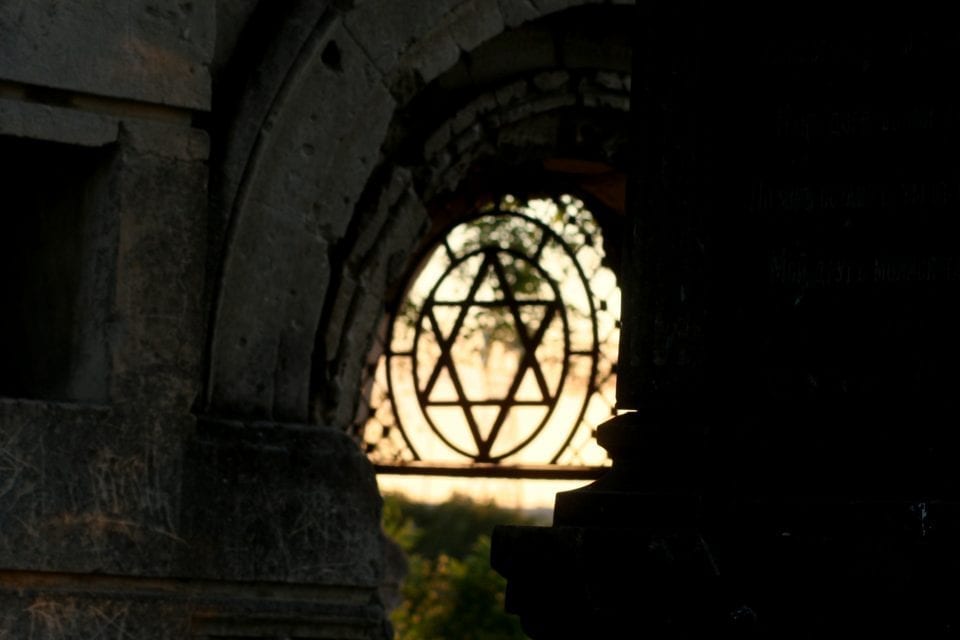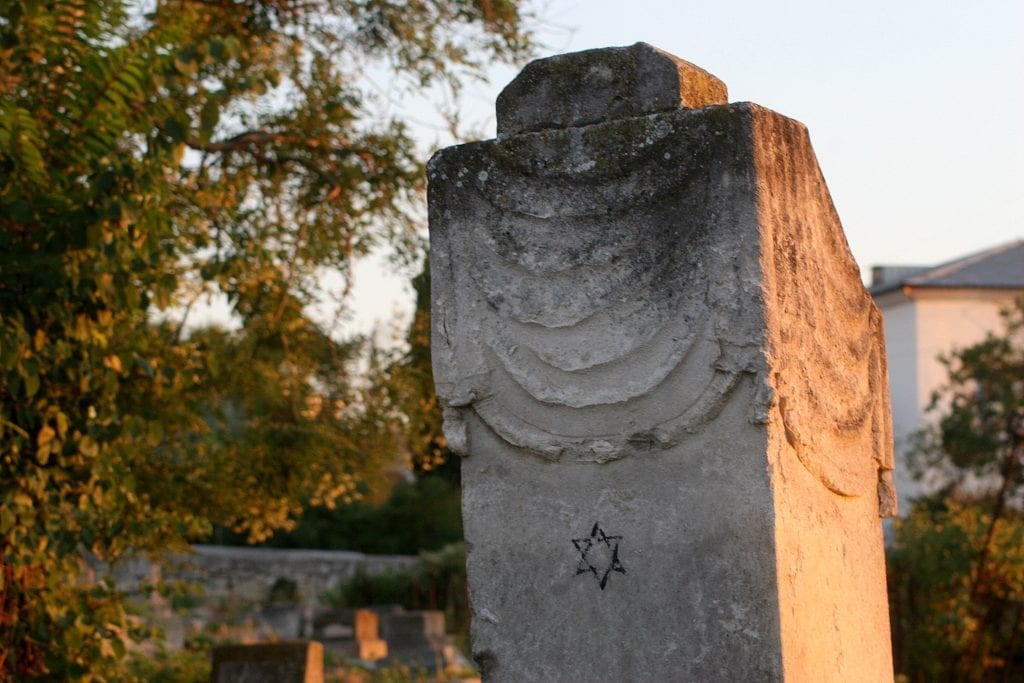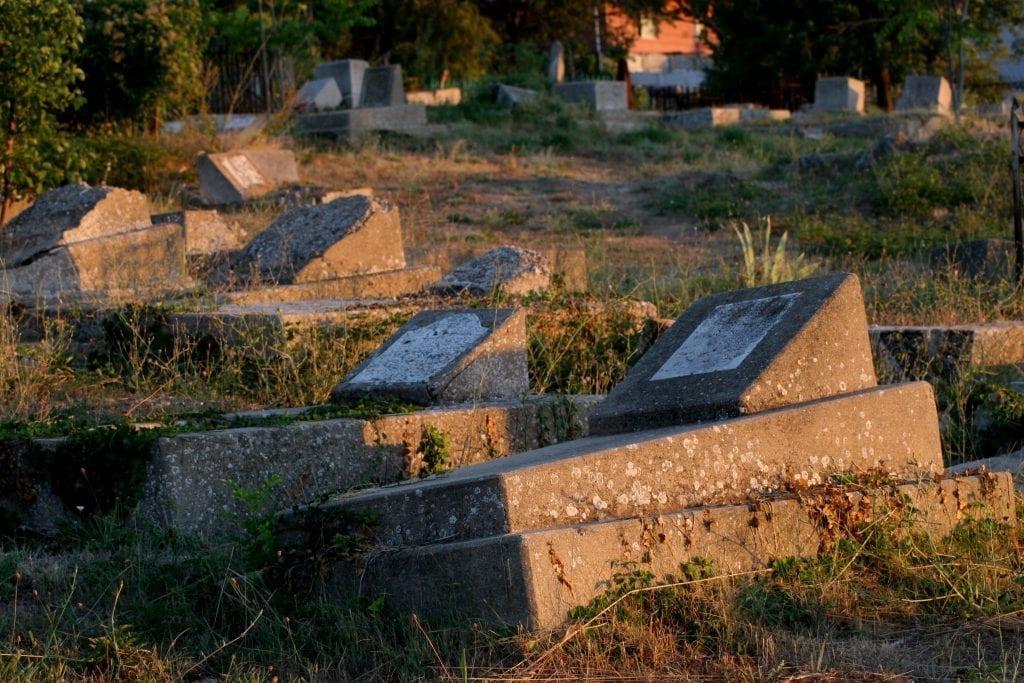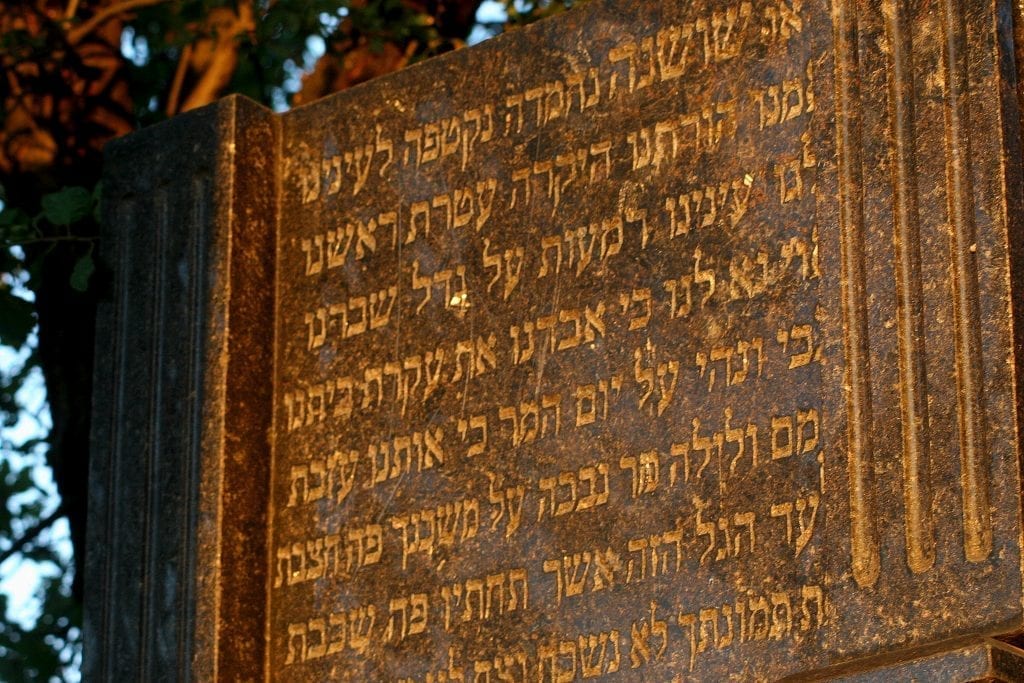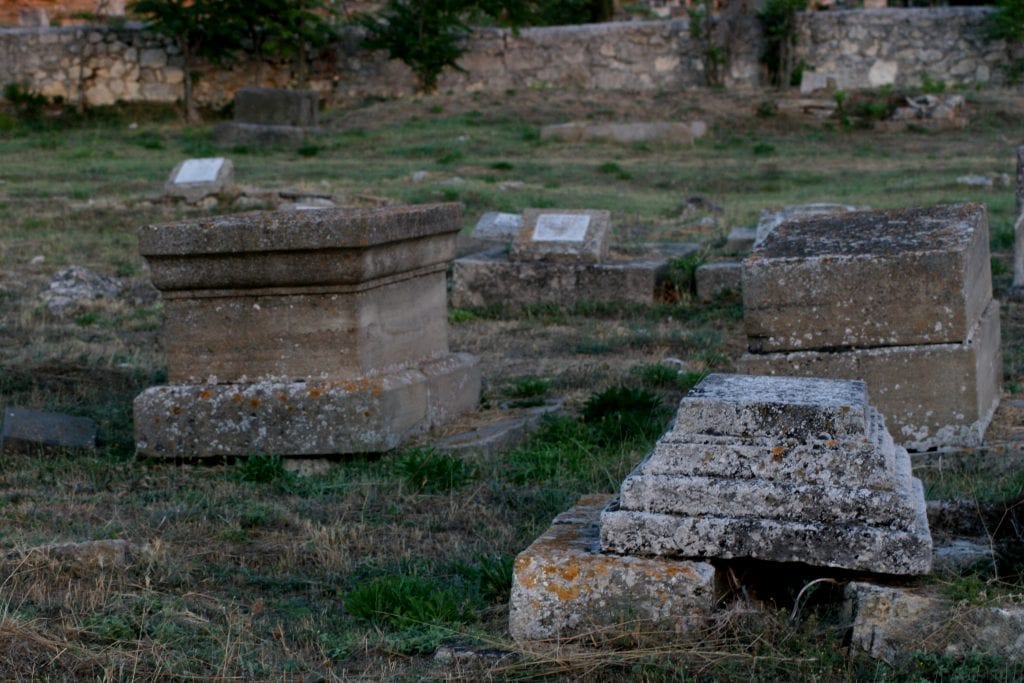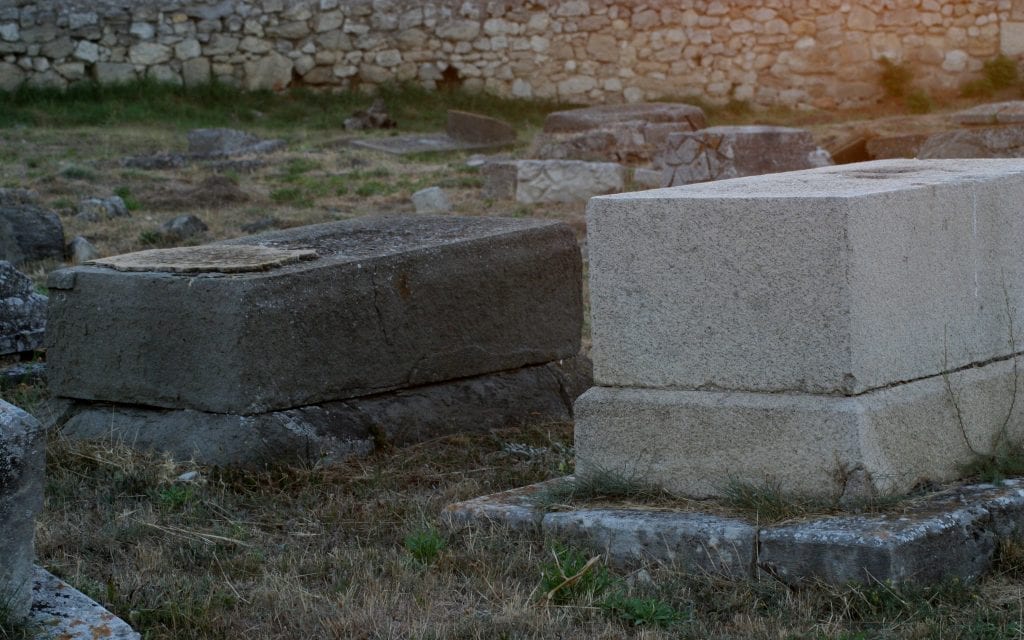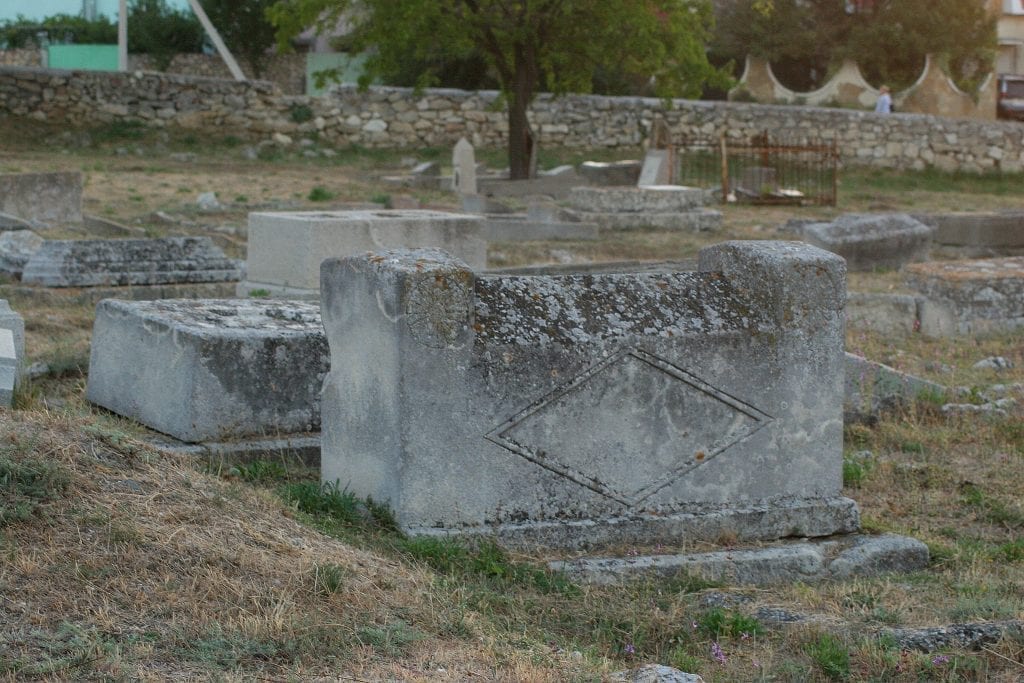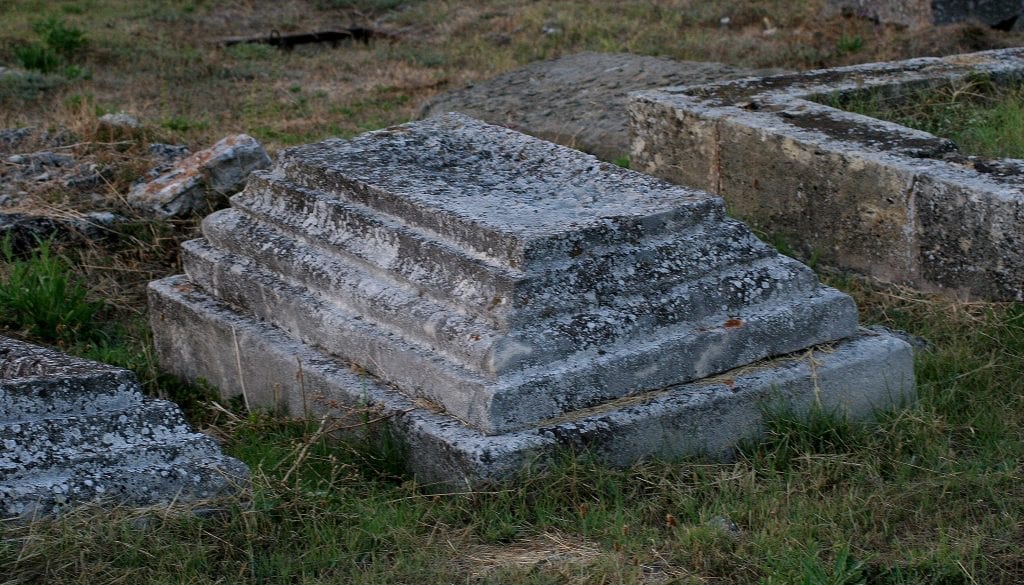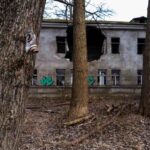Being a small girl, I was always passing these two abandoned and forgotten by everyone cemeteries. But now we have Stalker, so it’s time to catch the passing epoch, and leave some traces of it.
How to reach
Both of cemeteries are located not far from the city center of Sevastopol. You can reach them by busses, 10, 2, 16, going out at bus stop “Улица Галины Петровой”.
Both cemeteries are separated by a dilapidated “fence”.
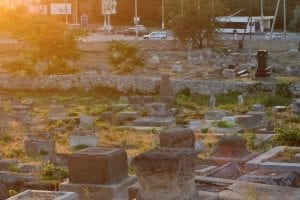
History
These both cemeteries – are Jewish and Karaite (Crimean Karaites – ethnic group), they appeared in Sevastopol after the Crimean war in 1856.
The Karaite cemetery appeared here when significant Karaite community in Sevastopol demanded to equip the cemetery for them. The history of the Jewish cemetery is connected with the fact that during the Defense of Sevastopol the old Jewish cemetery was completely destroyed, so in 1897 the Jewish community asked the city council to give them a new piece of land to expand the cemetery.
So this is how two cemeteries appeared here, in the Cemetery gully in the northwest of Rudolf Mountain: Jewish, and Karaite.
The earliest survived grave in the Jewish cemetery dates back to 1866, and the last to 1971 (officially the necropolis was closed in 1965). The earliest burial in the Karaite cemetery dates back to 1863.
At the beginning of the 20th century, with the money of Karaite patron Joseph Burnaz, a house was built to protect the cemetery and conduct rituals by the Karaites. This building was demolished in 1999 during the construction of the TPP.
In the middle of the Jewish cemetery there is a chapel house, which was built and consecrated at the beginning of the 20th century.
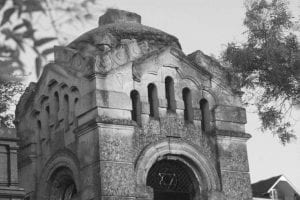
The biggest damage to the two cemeteries was caused by the September 12, 1927 earthquake and the incessant downpour of September 1, 1928.
Officially Jewish and Karaite cemeteries were closed on March 1, 1965.
In 1990, studies were conducted in cemeteries, which officially recorded 1772 graves in the Jewish cemetery and 715 graves in Karaite.
The survived tombstones in the Jewish cemetery were divided into 10 types, as well as 25 groups. These are tombstones in the form of a flower garden, installed mainly in pre-revolutionary times, horizontal tombstones in the form of a plate with a plaque, with inclined elevation, in the form of a stela, pyramid or obelisk, and also in the form of a sarcophagus, belonging to the most ancient. Also, to rare gravestones can be attributed artistic and architectural gravestones in the form of a withered tree, a chair with a Talmud or in the form of a metal gazebo.
At the Karaite cemetery, the gravestones are divided into 15 types. The inscriptions of the sarcophagi are made in Hebrew and sometimes in two languages – in Russian and Hebrew. In the cemetery, cenotaphs were found (a tombstone without the remains of the dead person).

